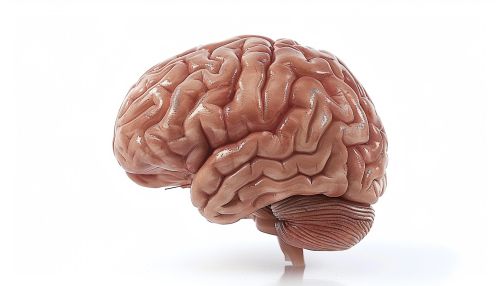Agenesis of the Corpus Callosum
Overview
Agenesis of the corpus callosum (ACC) is a rare congenital disorder that involves the absence of the corpus callosum, the bundle of nerve fibers connecting the two hemispheres of the brain. This condition can occur as an isolated condition or in combination with other cerebral abnormalities or systemic malformations.


Etiology
The exact cause of ACC is unknown, but it is believed to be multifactorial, involving both genetic and environmental factors. Some cases have been associated with chromosomal abnormalities, such as trisomy 13, trisomy 18, and Aicardi syndrome. Other cases have been linked to prenatal exposure to harmful substances, such as alcohol, certain medications, and infections.
Pathophysiology
The corpus callosum develops between the 12th and 22nd week of gestation. During this time, any disruption to the development process can result in ACC. The absence of the corpus callosum disrupts the normal communication between the two hemispheres of the brain. This can lead to a wide range of neurological and cognitive deficits, depending on the extent of the malformation and the presence of associated abnormalities.
Clinical Presentation
The clinical presentation of ACC can vary widely, ranging from mild to severe. Some individuals with ACC may have normal intelligence and lead normal lives, while others may have significant cognitive and physical disabilities. Common symptoms include developmental delay, learning disabilities, and difficulties with complex problem-solving tasks. Other symptoms may include seizures, feeding difficulties, vision problems, and impaired motor coordination.
Diagnosis
ACC is typically diagnosed through neuroimaging studies, such as MRI or CT scans. These imaging studies can reveal the absence or underdevelopment of the corpus callosum. In some cases, ACC may be detected prenatally through an ultrasound examination.
Treatment and Management
There is no cure for ACC, and treatment is primarily supportive. Management strategies may include physical therapy, occupational therapy, and speech therapy to help improve motor skills, coordination, and communication abilities. Medications may be used to manage associated symptoms, such as seizures.
Prognosis
The prognosis for individuals with ACC varies widely, depending on the severity of the condition and the presence of associated abnormalities. Some individuals with ACC may have a normal lifespan and relatively normal cognitive function, while others may have significant disabilities and a shortened lifespan.
Epidemiology
ACC is a rare condition, affecting approximately one in 4,000 individuals. It is slightly more common in males than in females. The condition is found worldwide and affects individuals of all ethnic backgrounds.
Research Directions
Current research on ACC is focused on understanding the genetic and environmental factors that contribute to the development of this condition. Researchers are also studying the cognitive and behavioral effects of ACC, with the aim of developing more effective treatment strategies.
